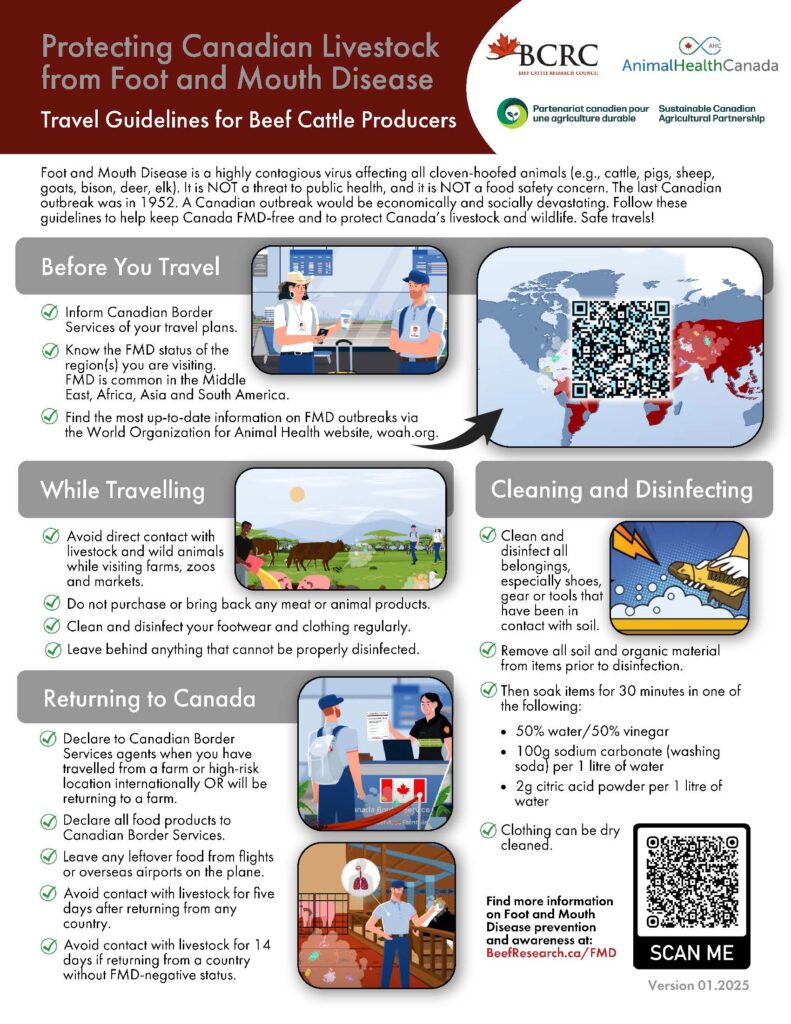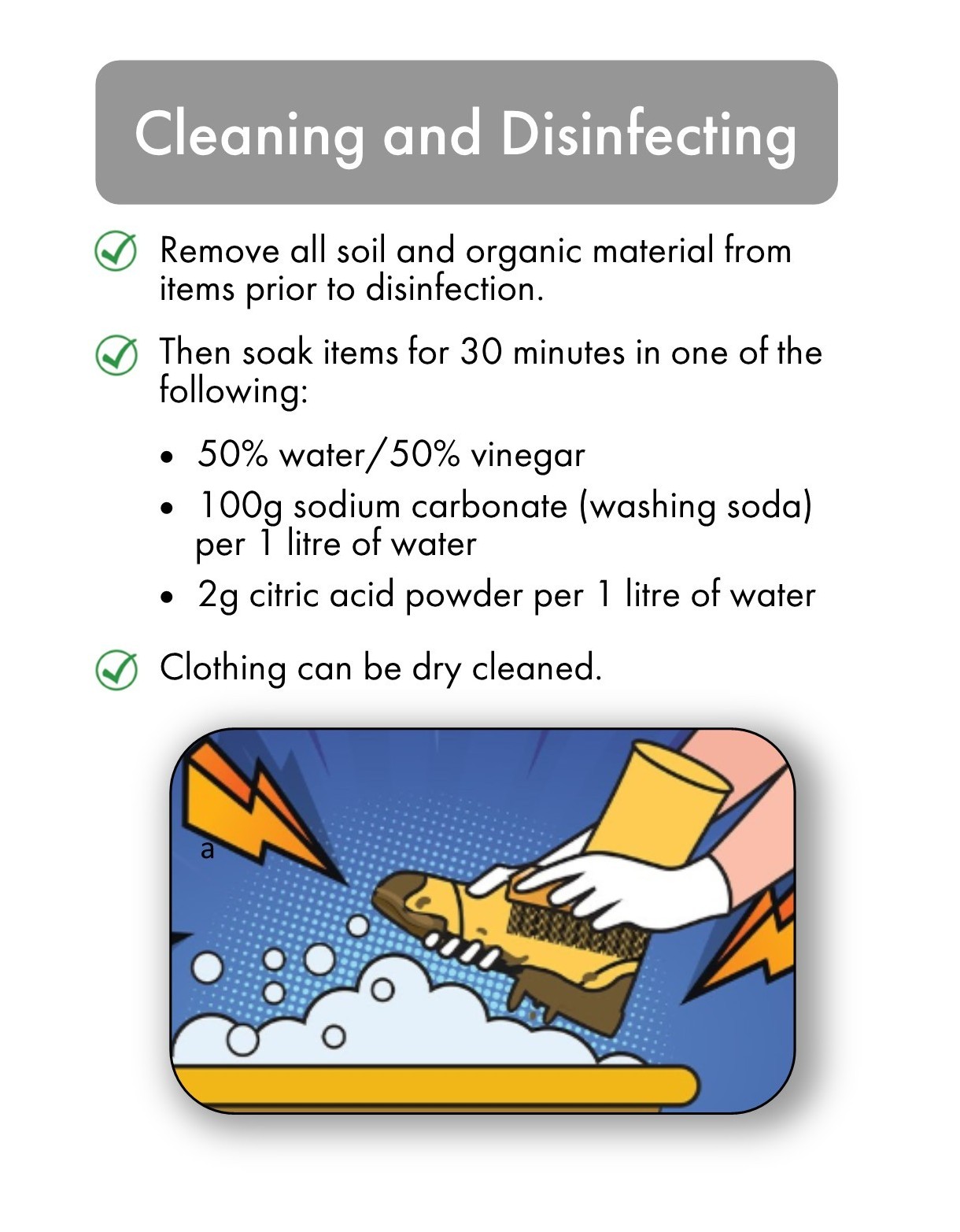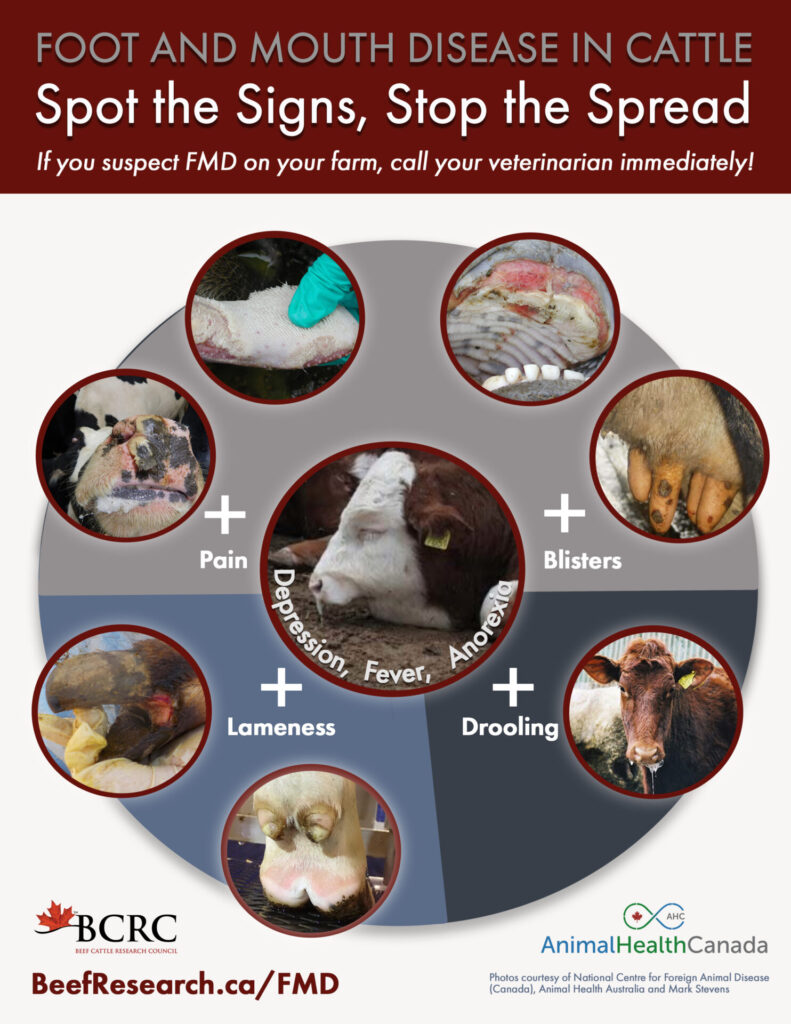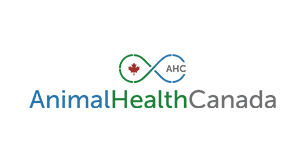Travel Safe: Stop Foot and Mouth Disease at the Gate🎙️
CLICK THE PLAY BUTTON TO LISTEN TO THIS POST:
Listen to more episodes on BeefResearch.ca, Spotify, Apple Podcasts, Amazon Music or Podbean.
As Canadians are planning vacations and welcoming visitors to their farms, everyone —both those working on and visiting farms— are part of keeping Canada free of foreign animal disease such as Foot and Mouth Disease (FMD). For beef cattle producers, travelling safe involves knowing key information before returning to Canada. A few of these guidelines include:
Before you travel:
- Inform Canadian Border Services of your travel plans.
- Know the FMD status of the region(s) you will be travelling to.
- Be aware of the most up-to-date information on FMD outbreaks and FMD status.
While travelling:
- Avoid direct contact with livestock and wild animals.
- Do not purchase or bring back any meat or animal products.
- Clean and disinfect footwear and clothing regularly.
- Leave behind any items that cannot easily be disinfected.
When returning to Canada:
- Declare to Canadian Border Service agents when you have travelled from a farm or high-risk location internationally or will be returning to a farm.
- Declare all food products to Canadian Border Services and leave leftover food from flights or overseas airports on the plane.
- Avoid contact with livestock for five days after returning from any country.
- Avoid contact with livestock for 14 days if returning from a country that does not have an FMD-negative status.
- Clean and disinfect all belongings, especially shoes, gear or tools that have been in contact with soil.
Proactive biosecurity measures—including following travel guidelines—is critical in the Canadian feedlot industry, a finely tuned but highly complex system with countless moving parts. A single lapse in biosecurity, such as a visitor or farm worker not following recommended protocols, could introduce a foreign animal disease into this densely populated cattle sector. If that happens, the consequences would be swift and severe.
“Every day is going to make millions of dollars of difference,” says Melissa Downing, director of regulatory and sustainability for the Alberta Cattle Feeders Association. “Fortunately, the industry is well-equipped with traceability tools like logbooks that track who has entered facilities and when, along with detailed records of animal movements. Still, the best defense remains prevention.”
This highlights the need to:
- Keep disease out by implementing and enforcing biosecurity protocols including cleaning and disinfecting protocols for footwear, gear, tools and vehicles.
- Footwear can easily carry pathogens from one location to another, making thorough cleaning and disinfecting of boots an essential practice.
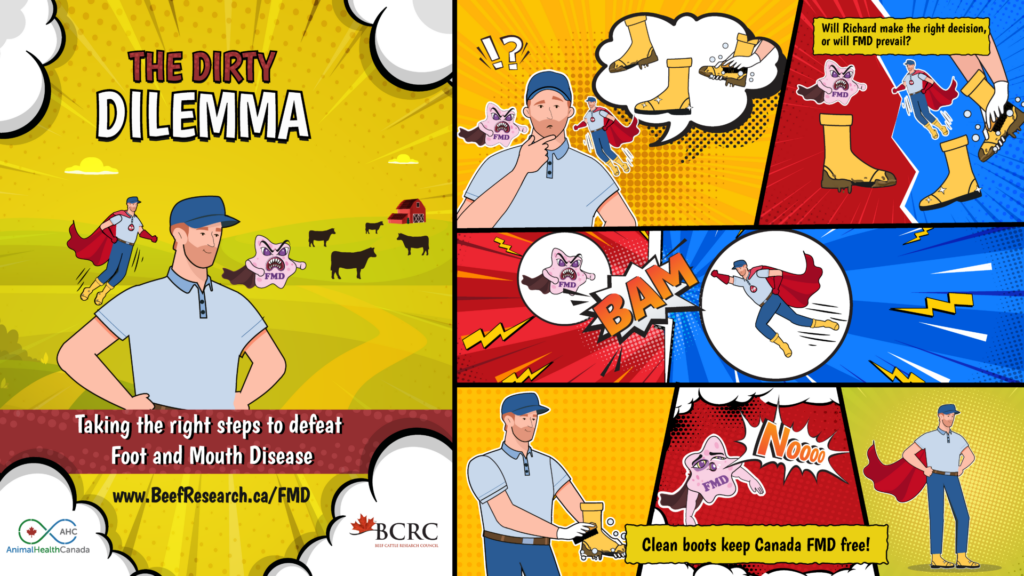
French translation | Spanish translation
- Trailers used for transporting livestock can harbor pathogens if not properly cleaned. Keep transport vehicles free from contaminants by following transport cleaning protocols.

French translation | Spanish translation
- Recognize symptoms early: Educate employees on the visible signs and symptoms of disease.
- Halt the movement of animals, equipment and people at the first sign of trouble.
- Report to your local veterinarian if you suspect any foreign animal disease in your herd.
When travelling, beef producers can keep their herds safe by understanding the risks and implementing biosecurity practices as well as educating those who may visit their farms as international guests or foreign workers. Planning ahead and having protocols in place will result in safe travel for all.
A collaborative effort between the BCRC and Animal Health Canada (AHC) is currently underway ensuring that prevention and emergency response resources are being tailored specifically to the needs of Canadian beef producers.
Animal Health Canada is a not-for-profit corporation jointly funded by its members, which include federal, provincial and territorial governments, industry organizations and other partners working in animal health and welfare in Canada. AHC works to bring groups within Canada’s livestock industry together to keep Canada’s farms healthy. As an organization that promotes an understanding of the various roles and responsibilities within the livestock industry, they provide resources to ensure preparedness in the case of emergencies.
Sharing or reprinting BCRC posts is welcome and encouraged. Please credit the Beef Cattle Research Council, provide the website address, www.BeefResearch.ca, and let us know you have chosen to share the article by emailing us at [email protected].
Your questions, comments and suggestions are welcome. Contact us directly or spark a public discussion by posting your thoughts below.
